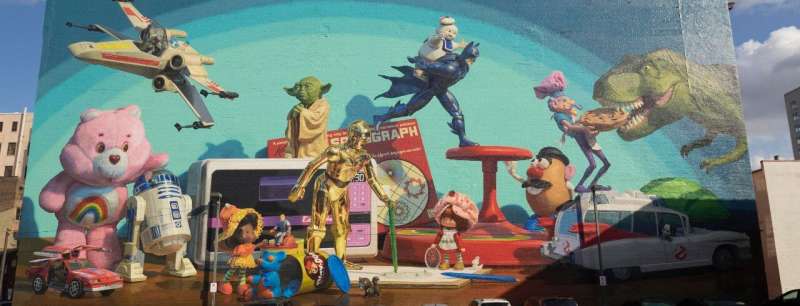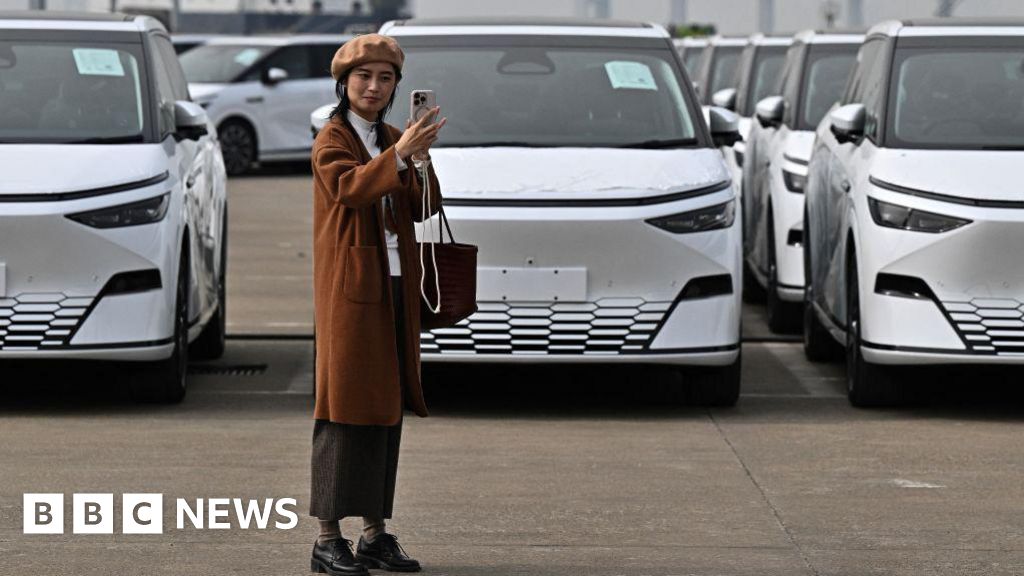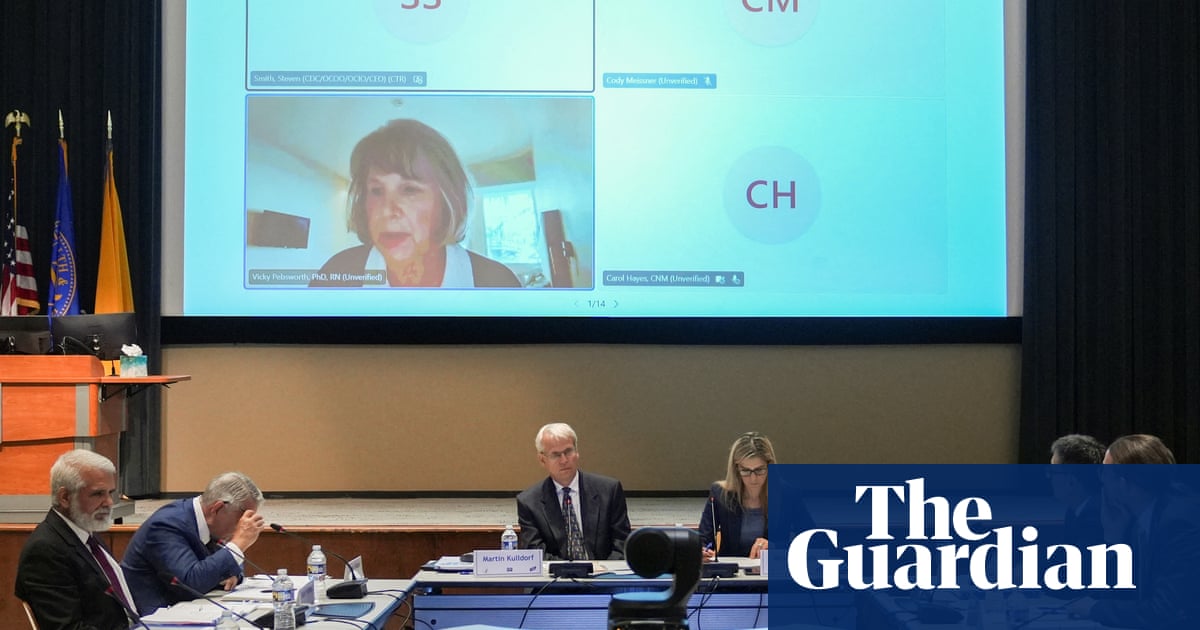Murals Transform Cincinnati’s Streets into Vibrant Community Hubs

Cities across the United States are embracing murals as effective tools for enhancing community engagement and revitalizing neighborhoods. A recent study highlights Cincinnati as a notable example, where more than 300 murals, including 55 in one historic district, have significantly shaped the city’s identity. Conducted by Hyesun Jeong, an assistant professor of urban design at the University of Cincinnati, the research examines the positive impact of public art on urban vitality and walkability.
According to the study published in the international urban design journal Cities, murals not only serve as artistic expressions but also contribute to increased foot traffic and a sense of community. “Murals are associated with higher foot traffic, underscoring their ability to attract people and energize public spaces,” Jeong stated. The research, which began in 2023, analyzed data on foot traffic, crime rates, and demographics to understand how murals enhance the social fabric of Cincinnati’s neighborhoods.
Key Findings on Murals and Urban Life
The study’s findings provide valuable insights into how murals influence urban dynamics. Notably, murals tend to cluster near vibrant urban features such as food-related businesses, cultural venues, historic landmarks, and transit hubs. They are rarely found in areas characterized by vacant lots or auto-related sites. This suggests that murals not only beautify spaces but also correlate with economic activity.
Further, neighborhoods with murals typically exhibit denser housing, a higher proportion of college-educated residents, and increased rates of walking as a mode of transportation. From 2010 to 2020, these areas saw faster increases in income, rent, and home values, although they still experience higher vacancy rates compared to non-mural areas. Artist populations also appear to be more concentrated in these vibrant zones.
The study indicates that murals have a direct link to increased pedestrian activity. Even when controlling for demographic and density factors, the presence of murals correlates strongly with higher foot traffic, suggesting their role in drawing people to public spaces. Importantly, the research found no significant relationship between murals and crime rates, indicating that public art does not contribute to increased criminal activity.
Cincinnati’s Public Art Scene and Future Implications
Cincinnati’s dedication to public art has gained national recognition, recently ranking as the top city for street art in U.S. Today‘s 2024 list. Murals, such as the UC Alumni Association’s “Boldly Defining Next” on a major thoroughfare, not only serve as visual landmarks but also as catalysts for economic and cultural growth.
Nevertheless, the study raises concerns about potential gentrification associated with revitalization efforts. As neighborhoods become more desirable, rising property values and displacement of long-term residents may occur. Jeong emphasizes the need for strategies that balance cultural development with affordable housing to ensure that all community members benefit from these changes.
The research underscores the critical role of public art in shaping urban environments. “When embedded in thoughtful urban design,” Jeong asserts, “murals can help cities build vibrant and culturally rich public spaces.” The findings of this study not only contribute to the understanding of public art’s impact but also offer actionable data that can inform urban policy and investment decisions aimed at fostering community development.
For further reading, refer to the study by Hyesun Jeong et al., titled “The role of public murals in street vitality,” published in Cities (2025). The research can be accessed at DOI: 10.1016/j.cities.2025.106085.






